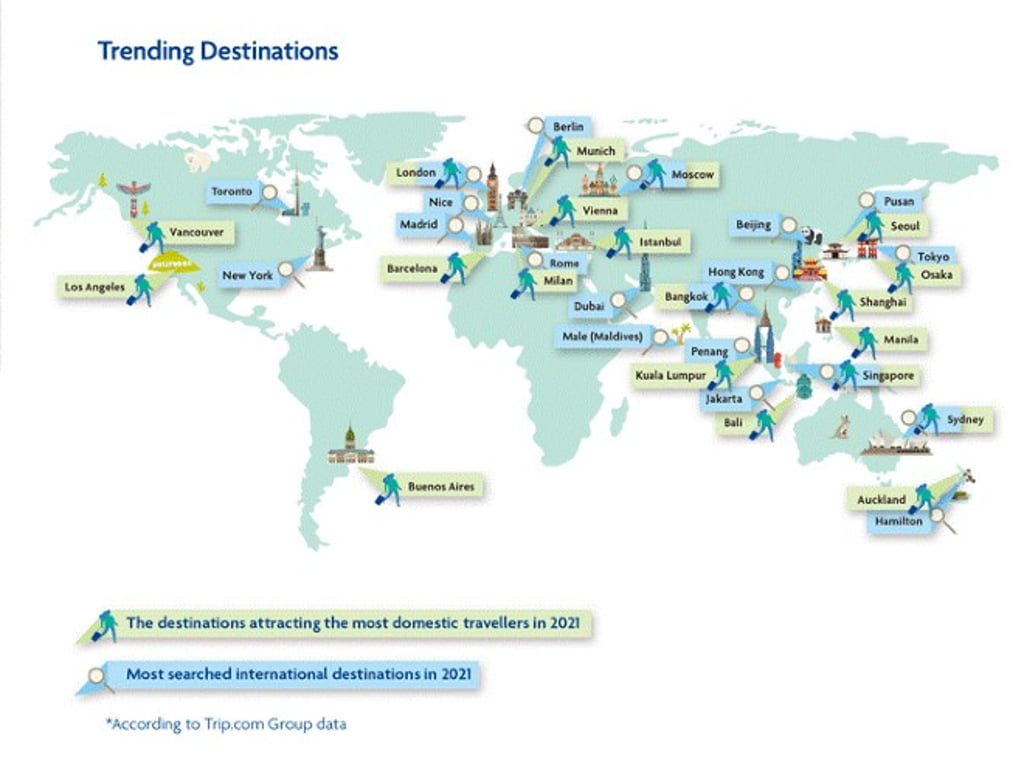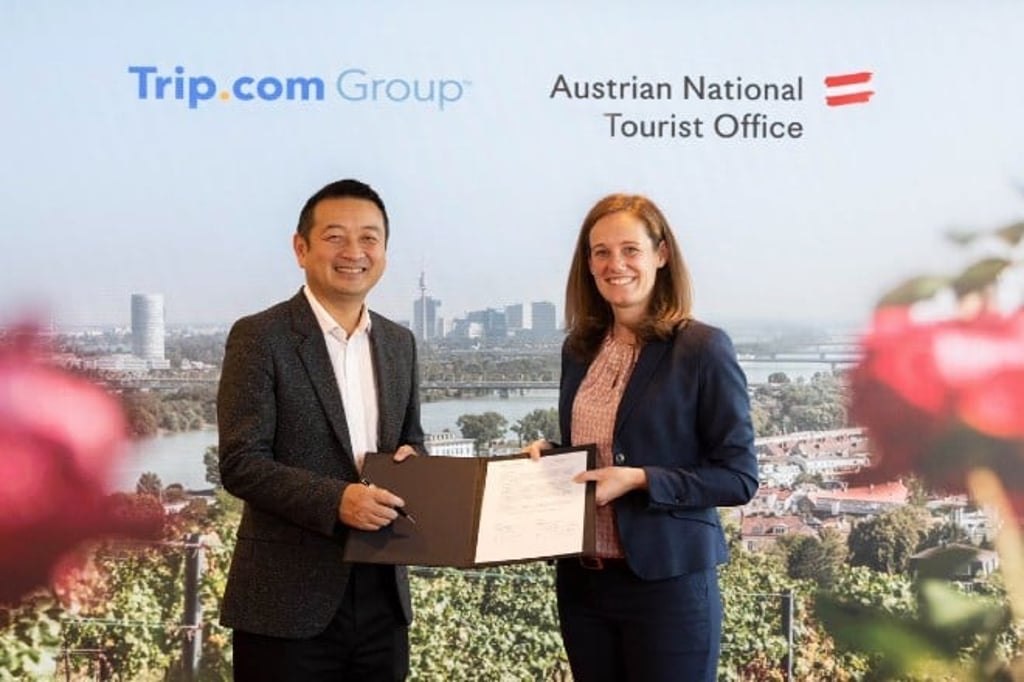Riding the Wave of Uncertainty – Trip.com Group Navigates the Road to Recovery

[Sponsored Article]
Global uncertainty surrounding the pandemic has been an ongoing theme for the last two years, and the future of the travel recovery has been hanging in the balance. Travel companies have had to adapt their business models to grow in new innovative ways. Global travel service provider, Trip.com Group and its major consumer brands Trip.com, Ctrip, Skyscanner, Qunar have approached the challenges brought on by the pandemic through agility and innovation.
The Group’s executive chairman James Liang has found potential in the crisis and embraced change by implementing a ‘Local Focus, Global Vision’ strategy. Unveiled by Mr Liang during the pandemic and an ongoing focus, the strategy involves the launch of new and compelling travel products and services, like flexi-booking and a content marketing ecosystem involving, livestreams, user generated content and Star Hub, a portal for partners. “We will learn to adapt in the face of adversity, pulling together our strategic resources to focus on our users and partners to seize new opportunity amidst fast-changing market conditions” said Mr Liang. “This dual prong approach has allowed our business to adapt to domestic markets conditions while actively working with global partners to drive global recovery.”

While the focus on domestic tourism has been a key driver for recovery, Trip.com Group has also engaged with key players in international tourism, inking deals with new destinations and industry partners in Europe and the US. In another positive sign for global recovery, air-ticket bookings in Europe and US have recently made major strides towards pre-pandemic levels. While the 2021 Q3 global flight volume was still below 2019 level, Trip.com’s overall international air-ticket bookings have increased by around 40% quarter-over-quarter, with air-ticket bookings in Europe growing by 170%. Skyscanner also saw air-ticket bookings increase by approximately 100% year-over-year and around 35% quarter-over-quarter.
